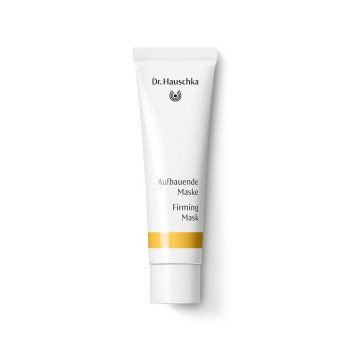
Wild Pansy (Heartsease)
Synonyms: Bird’s eye, bullweed, bouncing Bet, call-me-to-you, cuddle me, cull me, flower-o’luce, godfathers and godmothers, herb constancy, herb trinitas, Jack-jump-up-and-kiss-me, Johnny-jump-up, kiss-her-in-the-buttery, Kit-run-about, Kit-run-in-the-fields, live-in-idleness, love idol, loving idol, love-in-idleness, love-lies-bleeding, meet-me-in-the-entry, pansy, pink-eyed-John, pink-o'-the-eye, stepmother, three-faces-under-a-hood
Scientific Name: Viola tricolor L.
Family: Violaceae (violet family)
Habitat
All moderate zones of Europe and Asia.
Constituents
Phenol carboxylic acids, mucilages, tannins, flavonoids, carotenoids.
Description
It is hard to imagine a colourful flower bed without pansies, and children are not the only ones who find their rich colours and velvety petals fascinating. The many varieties available to gardening enthusiasts under the scientific name Viola wittrockiana all derive in part from Viola tricolor, the wild pansy that is at home in fields and dry pastures and is the focus of our portrait. Those of us familiar with the garden cultivars will be astonished at the tiny size of the wild flowers, which are only about two centimetres across. In fact, we should be more surprised at the large garden flowers, which are the result of cross-breeding and painstaking selection. The wild pansy, which is more commonly known as heartsease and flowers from May to August, also displays a variety of colours: it mixes yellow, blue, purple and white into the wide range of hues that give meadows such vibrancy. The annual to perennial plants can reach a height of up to 30 centimetres, and there is no need to worry about the following year’s crop. Each fertilised flower produces a seed capsule which opens by three valves to expel and disseminate numerous seeds. Small, white appendages to the seed, so-called elaiosomes, also aid distribution. Ants love these appendages, which are rich in fat, and drag the seeds to their nests. There they separate the nourishing appendage from the seed, which is then thrown out of the nest again.
Interesting Facts
The scientific name Viola tricolor translates as three-coloured violet. Curiously, the German common name for all kinds of pansy, including heartsease, is Stiefmütterchen, or little stepmother. Two of the five variously formed petals appear to be ‘outsiders’, somewhat like the traditional picture of stepchildren. Normally, each petal of a flower rests on a green sepal, which can be seen if the flower is viewed from below. Heartsease is slightly different in this respect. The lowest petal, the ‘stepmother’, sits enthroned on two sepals. Her own daughters are supposed to be the two petals immediately beside her, which each sit on one sepal, as is normal. The two petals which point upwards, in contrast, have to share a sepal, are situated behind the other petals and usually have a different colour to the three downwards-pointing petals. These are the poor stepdaughters.
The German writer Theodor Storm (1817-1888) indirectly referred to this image in his novella “Viola tricolor”. In this story he describes the difficulties of a young woman trying to come to terms with her role as second wife and stepmother.
In the play 'A Midsummer Night's Dream' by William Shakespeare (ca 1564-1616), heartsease under its alternative name love-in-idleness plays a central role and causes much confusion. Cupid, the god of love, misses his target, a vestal virgin. Instead, he hits a delicate flower which, until then milk-white, turns purple where it is wounded by love’s arrow . Oberon, king of the fairies, notes where the arrow falls and asks his jester, Puck, to fetch the little flower so he can play a trick on his lady Titania. He drops its juice on her eyelids while she sleeps. This will make her fall madly in love with the first living creature she sees on waking. Titania’s glance falls on a donkey!
The pansy's diversity of colour derives from its various constituents. Anthocyans give it its blue and red tones. Quercitrin, together with carotenoids, gives it its yellow tones. Where the pigments overlap they absorb all the light falling on them and appear to us as black markings on the flowers. These markings are positioned so cunningly that they guide pollinating insects towards the stigma.
The plant from another perspective
Wild pansies have a reputation for thriving in silica-rich soil. Silicic acid is directly connected with the skin. It provides a model for the processes in the skin, for the process of 'coming to rest' and the forming of a solid boundary in the upper layer of the skin from the mobile processes of the underlying connective tissue. The connective tissue, especially, contains traces of natural silicic acid. Hence the pansy is directly linked to the processes of the skin through its connection with silicic acid.
The plant in our products
WALA processes fresh wild pansies grown biodynamically. The extract is manufactured in house using a special rhythmic process. Extract of pansy is contained in:

